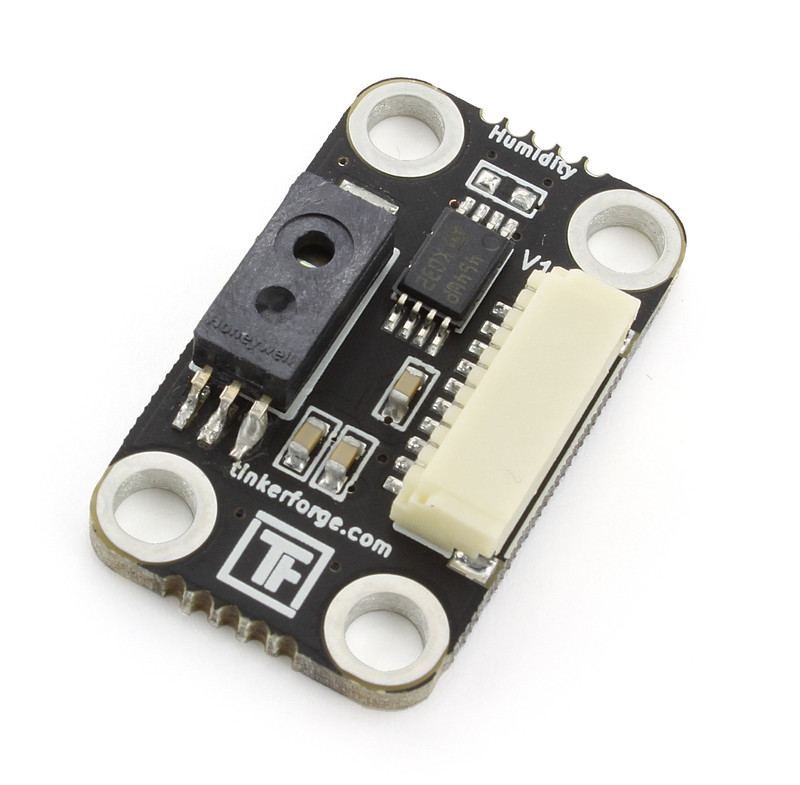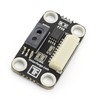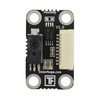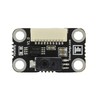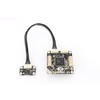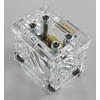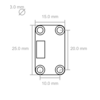- Getting Started
- Hardware
- Bricks
- Bricklets
- Master Extensions
- Power Supplies
- Discontinued Products
- Bricks
- Bricklets
- Accelerometer Bricklet
- Ambient Light Bricklet
- Ambient Light Bricklet 2.0
- Analog In Bricklet
- Analog In Bricklet 2.0
- Analog Out Bricklet
- CO2 Bricklet
- Current12 Bricklet
- Current25 Bricklet
- Distance US Bricklet
- Dual Button Bricklet
- Dual Relay Bricklet
- GPS Bricklet
- Humidity Bricklet
- Industrial Analog Out Bricklet
- Industrial Digital In 4 Bricklet
- Industrial Dual Analog In Bricklet
- Industrial Quad Relay Bricklet
- IO-4 Bricklet
- Laser Range Finder Bricklet
- LCD 16x2 Bricklet
- LED Strip Bricklet
- Load Cell Bricklet
- Moisture Bricklet
- Motion Detector Bricklet
- NFC/RFID Bricklet
- OLED 128x64 Bricklet
- Piezo Buzzer Bricklet
- PTC Bricklet
- PTC Bricklet 2.0
- Remote Switch Bricklet
- RGB LED Bricklet
- RGB LED Matrix Bricklet
- Rotary Encoder Bricklet
- Solid State Relay Bricklet
- Temperature IR Bricklet
- Thermocouple Bricklet
- UV Light Bricklet
- Voltage Bricklet
- Voltage/Current Bricklet
- Master Extensions
- Timeline
- Software
- Kits
- Embedded Boards
- Specifications
Humidity Bricklet¶
Note
The Humidity Bricklet is discontinued and is no longer sold. The Humidity Bricklet 2.0 is the recommended replacement.
Features¶
- Measures relative humidity
- Output in 0.1% RH steps (12bit resolution)
Description¶
The Humidity Bricklet can be used to extend the features of Bricks by the capability to measure relative humidity. The measured humidity can be read out directly in percent, no conversions are necessary. With configurable events it is possible to react on changing humidity without polling.
A weather station is a typical application for this sensor, but it can also be used in drying applications, environment monitoring etc.
Technical Specifications¶
| Property | Value |
|---|---|
| Sensor | HIH-5030 |
| Current Consumption | 1mA |
| Relative Humidity (RH) | 0% RH - 100% RH in 0.1% RH steps, 12bit resolution |
| Dimensions (W x D x H) | 25 x 15 x 5mm (0.98 x 0.59 x 0.19") |
| Weight | 2g |
Resources¶
Test your Humidity Bricklet¶
To test a Humidity Bricklet you need to have Brick Daemon and Brick Viewer installed. Brick Daemon acts as a proxy between the USB interface of the Bricks and the API bindings. Brick Viewer connects to Brick Daemon. It helps to figure out basic information about the connected Bricks and Bricklets and allows to test them.
Connect the Humidity Bricklet to a Brick with a Bricklet Cable (see picture below).
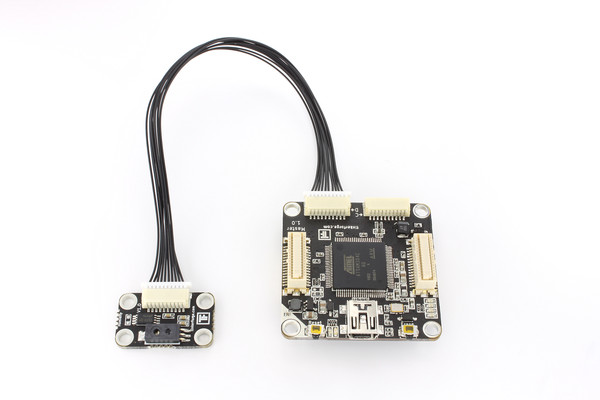
If you connect the Brick to the PC over USB, you should see a new tab named "Humidity Bricklet" in the Brick Viewer after a moment. Select this tab. If everything went as expected you can now see the measured relative humidity and a graph that shows the humidity over time. To test the sensor breath over the sensor. The relative humidity should rise as long as you breath and fall again afterwards.
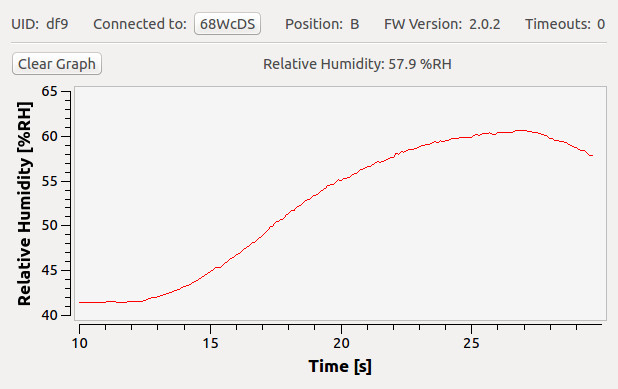
After this test you can go on with writing your own application. See the Programming Interface section for the API of the Humidity Bricklet and examples in different programming languages.
Case¶
A laser-cut case for the Humidity Bricklet is available.
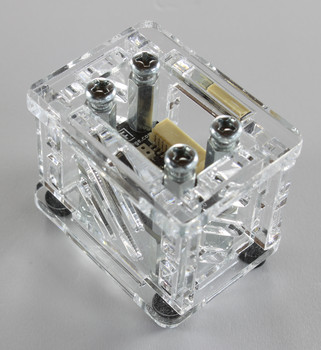
The assembly is easiest if you follow the following steps:
- Screw spacers to the Bricklet,
- screw bottom plate to bottom spacers,
- build up side plates,
- plug side plates into bottom plate and
- screw top plate to top spacers.
Below you can see an exploded assembly drawing of the Humidity Bricklet case:
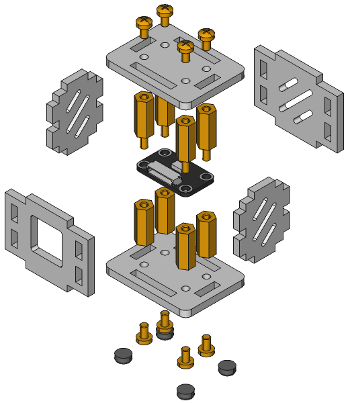
Hint: There is a protective film on both sides of the plates, you have to remove it before assembly.
Troubleshooting¶
If enough liquid water forms on the sensor under condensing conditions, this water can create a leakage path. This leads to an erroneous reading of 0% humidity. Once this water evaporates the sensor returns to normal functionality. If you want to use the sensor under heavy condensing conditions mount it top side down. If this not suffice protect it e.g by foam.
Programming Interface¶
See Programming Interface for a detailed description.
| Language | API | Examples | Installation |
|---|---|---|---|
| C/C++ | API | Examples | Installation |
| C# | API | Examples | Installation |
| Delphi/Lazarus | API | Examples | Installation |
| Go | API | Examples | Installation |
| Java | API | Examples | Installation |
| JavaScript | API | Examples | Installation |
| LabVIEW | API | Examples | Installation |
| Mathematica | API | Examples | Installation |
| MATLAB/Octave | API | Examples | Installation |
| MQTT | API | Examples | Installation |
| openHAB | API | Examples | Installation |
| Perl | API | Examples | Installation |
| PHP | API | Examples | Installation |
| Python | API | Examples | Installation |
| Ruby | API | Examples | Installation |
| Rust | API | Examples | Installation |
| Shell | API | Examples | Installation |
| Visual Basic .NET | API | Examples | Installation |
| TCP/IP | API | ||
| Modbus | API |


